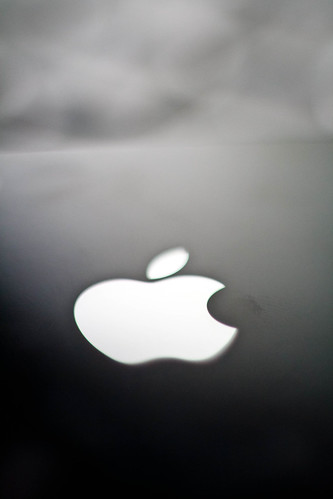If you consider some of the most successful businesses ever, they are all brand driven. All of these successful brands provide promises, which are unique and appealing to their potential customers.
Just take a moment to think about some of the biggest brands out there and the above sentences will make a lot more sense – Coca Cola, Disney, Qantas, etc. The promise of a brand is made between itself and its customers, thus ensuring whenever the customer uses that brand they know exactly what they can expect. A brand will help to distinguish a service or product from its competitors and we know that a brand is here to stay.
Having a Brand is an Asset
A brand will represent a huge percentage of a company’s worth, even though when you think about it, it isn’t a tangible asset. The brand will also have a huge impact on how a business will perform within a given market. A prime example of how brands work was shown when Dutch lager and beer company, Heineken paid over $5 billion for Asia Pacific Breweries (APB). One of their main reasons for doing this is because one of APB’s most recognised brands was “Tiger” and this is a well received throughout Asia and has the potential to be equally well-known around the world.
People Prefer Brands
Customers will typically have emotional attachments to specific brands. One of the best examples of this is the ongoing war between Coca Cola and Pepsi. To be completely honest, Coca Cola dominated the battle between these two fizzy drinks for years, although now both brands have their own specific following, loyal customers and are able to create huge business in their own right(s).
Loyalty
Brands definitely promote loyalty, which is seen in the Coca Cola and Pepsi battle. One of the biggest and most successful brands on earth is that of Harley Davidson. Now if we’re being completely honest, there are far more superior bikes being created, day in day out, in the marketplace, but customer flock to Harley Davidson’s for a particularly reason. It’s the dream that has been created by the brand, which not only encompasses the bike, but also the leathers and the lure of travelling on the open road.
Perceived Value
A brand can immediately make a service or product we use worth far more than it potentially should be. Another great example of this is the “camera wars” between Kodak and Fuji. Kodak managed to charge almost 50% more than Fuji for well over 20 years and they still retained nearly three-quarters of the entire market – Why? Because their brand was what people knew and trusted.
Brand Extension
If you have a strong brand the possibilities are literally endless. Once you have created that brand, there is nothing stopping you from extending your range of products or services all under the same (or slightly) different brand name. Apple have successfully achieved this for years, through personal computers, then mobile phones, then music players, then tablet PC’s and the list is literally endless. Once you have brand loyalty and a great customer base you can look at extending your brands and producing a vast array of further products or services.
About the Author: Today’s feature writer, Jenny Wadlow, is a part of the team at Liquid Creativity, a graphic design company based in Melbourne. Her hobbies include gardening and painting. You can follow her on Twitter @JennyWadlow.









